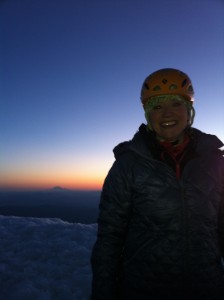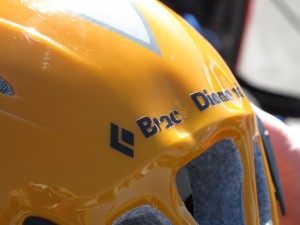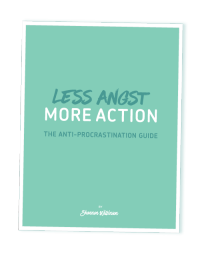 At 5:00 am last Saturday morning, I was standing on the summit of Mt. Hood watching the sun rise over the horizon. The brilliant orange sky silhouetted Mt. Adams and Mt. Rainier in the distance. It was my third successful climb of the mountain, and I’m sure, regardless of how many more times I reach the summit (and I hope it will be many more) it will be one of the most memorable.
At 5:00 am last Saturday morning, I was standing on the summit of Mt. Hood watching the sun rise over the horizon. The brilliant orange sky silhouetted Mt. Adams and Mt. Rainier in the distance. It was my third successful climb of the mountain, and I’m sure, regardless of how many more times I reach the summit (and I hope it will be many more) it will be one of the most memorable.
The first couple of summits are always memorable, but after you’ve climbed a peak a few times, they start to blur together. I’ve climbed Mt. Saint Helens enough to not be able to remember each one distinctly. I remember certain parts, highlights, or lowlights, as the case may be.
And that’s why I’m sure this particular climb of Mt. Hood will remain distinct and vivid in my memory – it was both one of my best climbs ever, and one of my worst. The highlights were amazing, that gorgeous sunrise at the summit, and before that, it was a perfectly clear night, the sky full of stars and the lights of Portland in the distance.
I also felt the strongest I’d ever felt on a climb. Even though the weather, and work, have prevented me from climbing or even hiking much this Spring, apparently the marathon training is getting me in shape. We were moving fast, and I felt great! Well, barring the usual weirdness of walking in snow and freezing temperatures all night without any sleep and fueling yourself with gu and protein bars.
Then things got interesting.
 Near the summit, a large chunk of ice let loose from the crater rim. I was looking down, plunging my ice axe into the snow and ice, so it smacked me in the back of the head, striking my helmet hard enough to dent it.
Near the summit, a large chunk of ice let loose from the crater rim. I was looking down, plunging my ice axe into the snow and ice, so it smacked me in the back of the head, striking my helmet hard enough to dent it.
It was a scary and surreal moment. If there were one hundred ways that could have happened, ninety-nine of them would have turned out worse. Way worse.
But, it didn’t.
I caught my breath, surveyed the damage, shook it off, had another person take the lead, since my headlamp was destroyed by the impact, and we continued to the summit.
After soaking in the summit experience, we headed back down. My summit high wore off quickly with each step, and I began to feel nausea, dizziness and a pounding headache. And then I started to panic, what if I got really sick? How was I going to get off the mountain?
I had a little breakdown right there, and several more as we went down through the most technical part of the climb. Never have I felt so scared on a mountain.
I had to use everything available to me to get off that summit. All my mountaineering training, physical conditioning, my teammates and maybe most importantly, my NLP and coaching skills. Pictures of all the ways it could have gone wrong, could still go wrong, kept popping into my head. I remember talking myself down, literally and metaphorically. I promised myself time for a complete breakdown once I was safely home.
It took longer than normal, but with some good guidance, I got down off the steep part, and back to the car without incident.
There’s always something to learn.
A few things occurred to me up there, and on other climbs, that are changing my life irrevocably. I could write and write about this, but I’ll just give you the short list for now:
- Going down isn’t all that much easier than going up. It’s usually faster, but not necessarily easier.
- When you’ve experienced something that really could mean life or death, it’s easier to remember most of the things that feel like life or death really aren’t.
- Don’t skimp on training, gear or teammates. They all make the trip easier, and can save your life.
- You can have the best team in the world, the best guide, and while that will make a huge difference, still when it comes right down to it, it’s completely up to you to get yourself up and down the mountain.


Wow, Shannon – what a scary experience! I’m so glad you are OK. So many valuable lessons in here, too – thank you for sharing.
[…] got really freaked out at one point, and had flashbacks to the last time I did this climb. (So I’m a wimp and should be over […]
[…] times this week. I don’t normally need an alarm and only use one for times when I have to get up at 2am or something crazy. Most days, at least when I was sleeping normally, I’d wake up around 6 and have a leisurely […]